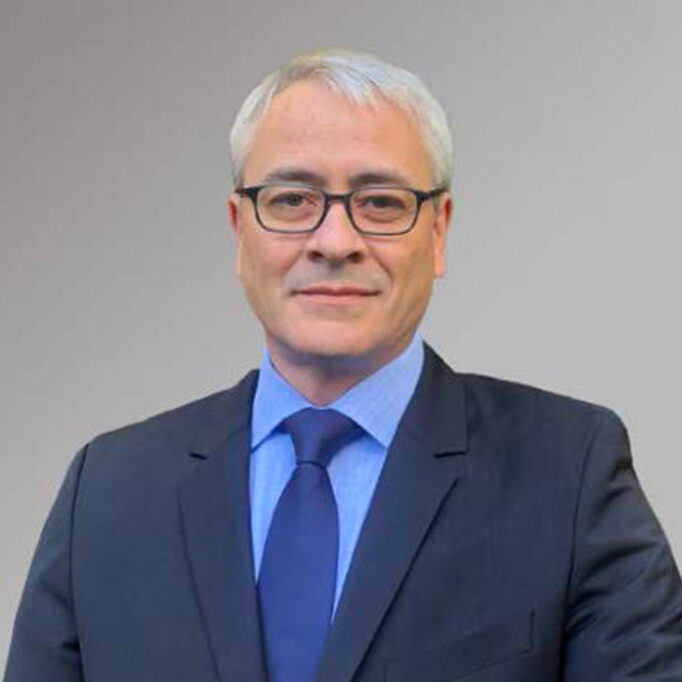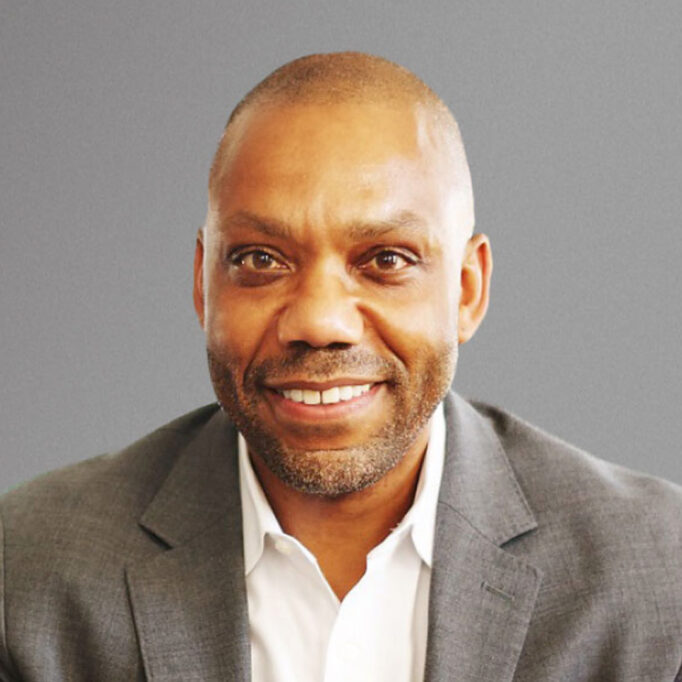“Over the next several years, we need to get to a million new units with lasting affordability,” says Grounded Solutions CEO Tony Pickett. “So we’re looking at ways to catalyze expanding CLT portfolios and the capacity of the organizations on the ground. That work is our focus over the next 10 years.”
Capital is the main prerequisite for expanding CLT portfolios. CLTs and the community-based NGOs that establish them are generally grant fundable and do attract foundation support. The NGO sector is growing, with hundreds of CLTs nationwide. But relying on grants effectively limits their growth and scope. Funding from grantmaking organizations is subject to economic disruptions, and there isn’t nearly enough of it for NGOs to operate at the scale of the need.
Some cities are investing substantial public funds in CLTs, as in Houston’s CLT bond issue and capital campaign totaling $140 million. Boston recently lost 2500 units of affordable housing in a single year when deed restrictions expired, so the City now funds a network of CLTs across the metro area. Other cities have made smaller initial investments, such as Louisville, Kentucky which put $2.3 million into developing 10 CLT units, and is working with Grounded Solutions to expand their programs.
But even though public funding is growing, depending on infusions of cash, whether from governments or foundations, places a limit on what nonprofits can do to scale CLTs. Government support can dry up when administrations change, and even if it doesn’t, government and foundations together could only provide enough funding for nonprofits to service a fraction of the potential market. For CLTs to meet more of the need will require more private capital.
“It’s not all going to come from philanthropy,” says Pickett. “Some of it will have to be in the form of financing, and patient capital is necessary in order to make that happen.” Grounded Solutions is working with banks, governments, and government-sponsored enterprises (GSEs) to ramp up their investments in CLTs.
One idea Grounded Solutions is exploring is a creative acquisition fund for land trusts and land banks, modeled on a revolving loan fund the Urban Land Conservancy in Colorado uses to leverage its purchasing power. “It allows them to be opportunistic, and go out and purchase property,” says Pickett. “It has really grown their balance sheet and their ability to command larger amounts of financing.”
In the Great Recession, shared equity properties proved to be more foreclosure-resistant than properties under standard, fee-simple ownership, and therefore lower risk for lenders. That should be a compelling argument for lenders to finance more CLTs as a way to manage portfolio risk, but they are waking up to the opportunity only gradually. “Many banks, individual nonprofits, and local government officials see CLTs as some exotic mortgage product they would rather not devote time and resources to expanding,” says Grounded Solutions senior strategist Jason Webb. “We’re making inroads, but we still need broader lender education. So we’re bringing the influence of the GSEs to bear to get them to the table and help them understand how financing CLTs can actually reduce their risk of foreclosure over time.”
Since GSEs have a “duty to serve” underserved markets, they have an interest in expanding
CLTs. Grounded Solutions is working with GSEs to create standardized shared equity mortgage products that Fannie and Freddie could adopt, which would encourage wider acceptance from lenders. Some CLT loan products are offered on a limited basis in certain markets, but they are negotiated on a case-by-case basis. So Grounded Solutions is working on a Shared Equity Certification program to help national banks to underwrite these products to a uniform standard.
Standardization would be a market innovation that would unlock more lending for CLTs. There’s already precedent for it in the form of standardized leasehold mortgages, which are used for commercial properties. “Banks write them every day of the week,” says Webb. “They could write similar ones for shared equity CLT homes. It’s just a matter of overcoming how we’ve been conditioned to think about homeownership.”
“If GSEs would back the product at the same level that they’re currently backing some other affordable homeownership efforts,” says Pickett, “that would go a long way towards signaling to the industry that it’s okay, that shared equity is a normal situation we don’t have to create special conditions for.”
Besides capital, the other major factor in scaling CLTs is innovative designs that can extend their reach and make them more attractive to funders and lenders. For example, buyer-initiated purchases like HCLT’s Homebuyer Choice program are innovations that could help CLTs catch on more widely. “I think they’re going to be a huge leap forward,” says Webb. “They prove that you don’t have to be an expert in real estate development of single-family homes to be in this business in a viable way.”
Cities are experimenting with a range of CLT variations that have potential to scale up. “We don’t attempt to limit people’s imagination,” says Pickett. “If they want to use the community land trust model for farming or retail or commercial space, they’re free to do all of those things. We embrace all of that within our network.”
For example, in southeast Washington, DC’s Anacostia neighborhood, Grounded Solutions helped write an unusual business plan for the Douglass Community Land Trust (named for Frederick Douglass, who lived in Anacostia). It involves a mixed portfolio of 50% affordable rental housing (including an apartment complex renovated in partnership with the National Historic Trust) and 50% ownership housing tenants can move to once they’re ready to qualify for a mortgage. The goal is to halt displacement and ramp up the number of affordable housing units quickly, and eventually become self- sustaining. DCLT is current meeting and exceeding the plan’s benchmarks, and more City-owned property is getting transferred to it.
Like Houston, the City of Bridges Community Land Trust in Pittsburgh and the Elevation Community Land Trust in Denver are building affordable housing across their whole metro areas, including the suburbs. They’re finding that larger-scale CLTs are more attractive to funders and lenders. Economies of scale could eventually allow CLTs to become self-sustaining, so they can continue to expand without relying on uncertain infusions of cash from government or foundations. “When we talk about scale, we’re talking about power,” says Pickett. “The greater the scale, the greater the power we will have to actually change some of these systems, and ultimately help get the housing market working the way we want it to work.”
But the converse is also true: changing the way the housing market works is also a powerful path to scale. In fact, with limited funding available to expand the operations of nonprofit trusts, getting CLTs to realize their full potential may depend on their ability to model structural innovations and make fundamental changes to the market structures and policies that have impeded their growth.
Organizations like Houston Community Land Trust, Jane Place, and many others in the Grounded Solutions Network are doing the work of establishing secure, affordable housing, getting residents into it, and helping them stay in it. It’s difficult, labor- and capital-intensive work, and in terms of the direct services they provide, individual trusts may only serve a fraction of their communities’ need. But at the same time, they’re also doing something else remarkable: grappling with fundamental market problems, adapting CLTs to solve them, and redesigning market structures in the process. From buyer-initiated purchases to affordable rentals, from reforming property taxes and codifying tenants’ rights to standardizing CLT mortgage products, CLT innovators are modeling structural innovations that not only create new CLT units, but also new conditions in which CLTs and community- led development can proliferate and thrive.
That represents a new opportunity. If government, philanthropy, and finance recognized the potential of such structural innovation and invested in it, it could leverage systemic change efficiently, and create the conditions for CLTs to achieve scale and meet unmet needs. Billionaire Marc Lore, WalMart’s former e-commerce director, recently made headlines by unveiling his plan for “Telosa,” a new $500-billion utopian “city of the future” somewhere in the American desert, conceived along CLT lines. Owners will build and their sell homes while the city retains ownership of the land under them. As the land appreciates, a community-led trust will use the proceeds to fund benefits like healthcare, transportation, and schools for all residents. Lore calls it his “reformed version of capitalism.”
But we don’t have to build half-trillion-dollar desert utopias from scratch to reap the benefits of shared ownership and fundamental market reforms. Community land trusts with limited resources and innovative ideas are already demonstrating how to they can benefit Black residents and Black-majority neighborhoods across the U.S. They’re proof that key aspects of housing markets can be consciously redesigned to correct market distortions and racial inequities, lower barriers to homeownership, create secure, affordable housing, and enable community-led development without displacement.


